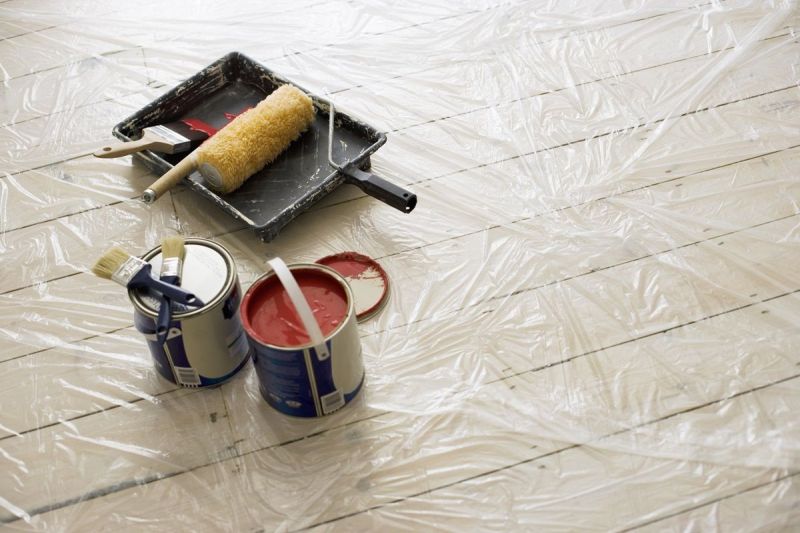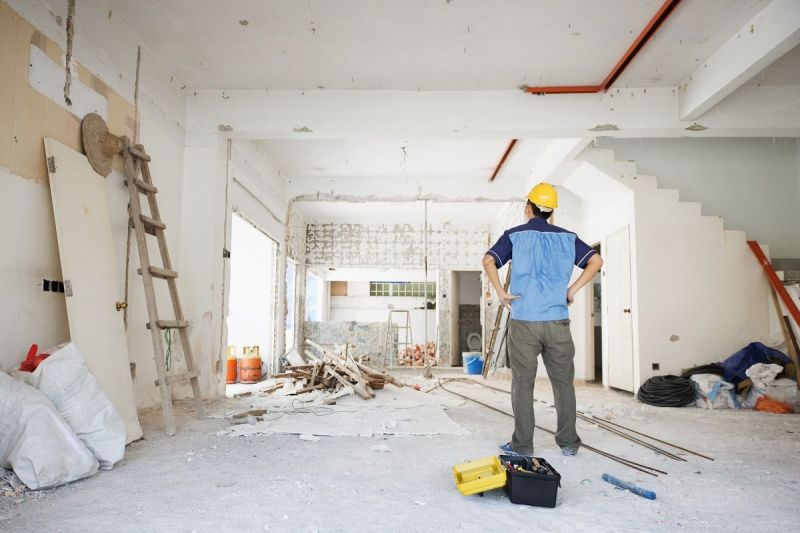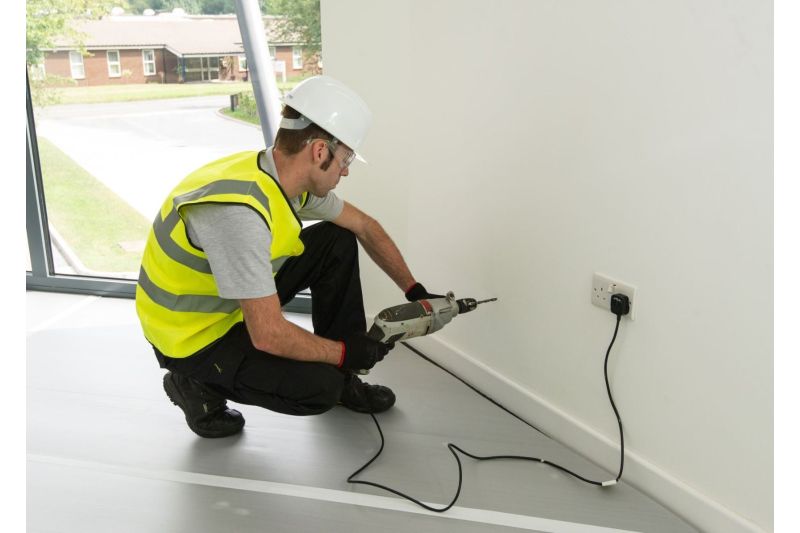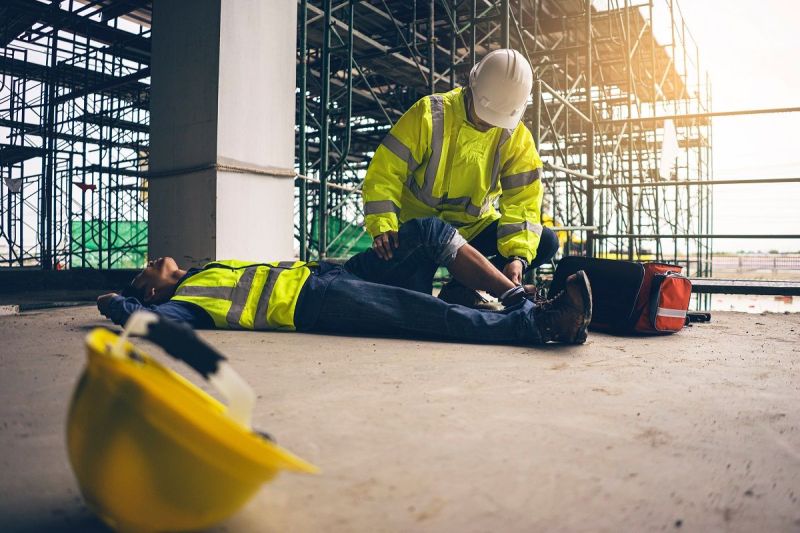
Sustainability and looking after the environment have become so important to many of us. We have a responsibility to care for the world around us and to take steps towards an eco-friendly future. The construction industry is no different, and in fact, by its nature is a big user of natural resources. However, sustainable construction is something that all those in the industry can get behind, providing a framework for creating wonderful buildings that people can enjoy while also playing a part in the future of our planet. To learn more about sustainable construction and why you should be doing it, read on.
What is sustainable construction?
Sustainable construction is the use of sustainable and recyclable materials during the process of construction, combined with efforts toward reducing waste and energy consumption. The goal is to make the construction industry, and the buildings it creates, more sustainable, reducing their impact on the environment by taking eco-friendly steps and measures.
Starting with a more sustainable construction process throughout the building site, sustainable construction then leads to buildings that have a positive influence on the environment such as reduced energy consumption. Sustainable construction is the construction industry’s way of playing its part in a greener future for all.
READ ALSO: The versatility of Correx and what it is used for
Why is sustainability in construction important?
It’s no secret that the modern world is having dramatic and damaging effects on the environment. Sadly, the construction industry has contributed to the damage being done, with building sites being particularly bad for the environment due to things like energy consumption, destruction of wild habitats, and the creation of large amounts of waste. The heavy machinery used also plays a part, relying on fossil fuels, and even simple things like shipping construction materials to the building site from far away create unnecessary carbon emissions.
A rather damaging statistic from the IEA, that speaks to the importance of sustainability in construction, states that the construction industry is responsible for 36% of energy usage around the world, as well as 40% of CO2 emissions.
Down to Earth, a social enterprise project that uses traditional and sustainable building methods to create fully accessible and inclusive commercial construction projects, describes why its sustainable construction approach is important:
“This remarkable approach transforms both the participants and the community involved in the project – whilst simultaneously creating stunning, sustainable buildings. From large scale commercial training spaces to smaller outdoor classrooms, Down to Earth has an excellent track record in accessible, accredited training programmes resulting in remarkable buildings.”
How do you make construction sustainable?

So, there is plenty of work to be done to make construction more sustainable, but how can it be done? The good news is that there are plenty of sustainable construction techniques available. From utilising the right materials to correct waste management, read on to discover some sustainable techniques that the construction industry can utilise.
Use sustainable construction materials
The use of sustainable building materials is a key aspect of creating an eco-friendly building site and greener buildings for the community. Utilising materials that can be reused, are long-lasting, can be recycled, and don’t require shipping from far away are some principles to go by. Some specific sustainable construction materials that can be used include:
- Correx: Correx is a corrugated plastic that is mainly used as a protection solution during a construction job. Correx protection boards, for example, are fully recyclable and can be reused time and again, preventing waste in the process.
- Wood: As long as it’s sourced ethically from a properly managed forest that respects wild habitats, wood is a great natural material that works wonderfully in construction.
- Sustainable concrete: Concrete is the most wildly used construction material in the world but also one of the most damaging to the environment. There are alternatives, however, such as green concrete made from waste and residual materials.
- Mud bricks & wool bricks: The creation of traditional bricks create greenhouse gases, but new approaches have been developed, making bricks from untreated clay or wool.
When it comes to sustainable construction materials, how they are sourced and where they are sourced from are very important. UKGBC (UK Green Building Council), a charity that unites the UK building industry using sustainability, has created a graphic about transitioning to net-zero carbon, highlighting that the industry should: “Ensure socially responsible as well as ecologically sustainable sourcing of low carbon materials,” as well as: “Support local economies by sourcing materials locally, as well as sustainably.”
READ ALSO: Why Correx beats plywood floor protection
Power the site with renewable energy
The way that construction sites are traditionally powered is through the likes of diesel, outputting a tremendous amount of CO2 to fuel the various heavy machinery involved. Opting to power the site with renewable energy instead is a great way to make a big impact on the construction industry’s environmental impact. For example, battery systems that are powered by solar panels are a much more environmentally friendly approach, able to fuel electric tools, equipment and vehicles.
Waste management
The construction industry produces a lot of waste, some of which is unavoidable even with utilising more sustainable materials to lessen the blow. However, efforts can be made to manage the waste more effectively so that it has less of an impact on the environment. For example, having an efficient and properly managed recycling system in place will reduce the amount of waste that goes to landfills. Salvaging leftover materials is an important step and reusing them yourself or passing them on to other sites. Being diligent and organised in ordering materials to the exact specification you need will prevent waste, as is storing waste correctly so it can be properly processed for recycling or disposal.
What benefits does sustainable construction have for me?

While we can all appreciate the fact that sustainable construction techniques will have a positive influence on the environment, we can’t avoid the fact that construction is a business. The good news is that there are many benefits that sustainable construction can have for you, beyond doing your part for the planet.
Good PR
By taking steps to be more sustainable, your business will become known as one that supports good causes, that is making efforts to reduce its waste, and wants to be a part of the solution. Good PR like this will inevitably help businesses, creating new opportunities in the future that might not have existed before.
Buildings are worth more
While creating a sustainable building might cost more at the outset, in the long run, buildings created will be worth far more to property owners, with greener buildings typically commanding a higher value on the market compared to traditional buildings.
Lower long-term costs
Those utilising the buildings will benefit from a lower long-term cost due to the sustainable techniques and technology employed during construction. For example, if your company commissions a new office with sustainability in mind, the savings on energy spending could be dramatic, benefiting your business tremendously. Construction cost savings can also be found, cutting fees for waste disposal and expensive fuel costs for machinery and vehicles.
Sustainable construction explained
Sustainable construction is pretty simple to understand, reducing the construction industry’s impact on the environment, and the impact of the building itself, in significant ways, through methods that include sustainable materials, renewable energy, and waste management. We hope this guide has been helpful and perhaps inspired you to take a greener approach in your own construction efforts.
If you have a job coming up, we are able to provide sustainable temporary protection materials to keep different surfaces safe from accidents. Whether you are looking for door covers or floor protection, we are here to help.
For more tips, guides, and advice, make sure to visit our news page.






